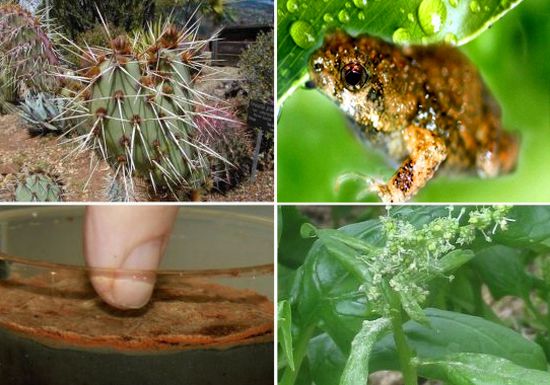
The rise in the demand for renewable energy has made researchers think about alternatives for solar and wind generators, which can provide continuous energy to the proposed “Smart Grids” of the future. Harvesting solar power from space might be a feasible option, but there is no shortage of plans that propose to harvest energy from living creatures, right here on earth, in a manner that most won’t even believe. Here we’ve put together a list of some of the most interesting ways to generate energy from natural resources beyond conventions:
• Synthetic solar cells created on tobacco plants:

The Idea: Growing synthetic PV and photochemical cells on tobacco plants.
The Process: Developed by researchers at UC Berkeley, this process involves the hacking of tobacco plants to grow synthetic photovoltaic and photochemical cells that can easily be extracted, dissolved in a solution and sprayed onto any substrate to create solar cells. Plants are naturally good collectors of sunlight and a genetically programmed virus that can infect tobacco crops that finally turn sunlight into high-powered electrons that can easily be harvested.
• Generating energy from evaporation on a leaf:

The Idea: Using the gas-liquid interface produced on the surface of leaves during evaporation to generate renewable energy.
The Process: Trees usually pump water hundreds of feet into the air without using any active pumping mechanism. Researchers at the American Institute of Physics have tried to harvest this action to generate electrical power. As liquid flows across a surface, there is evaporation, creating a gas-liquid interface. This interface can be thought of as a moving dielectric surface, changing the electrical properties of the fluid. There is a 1 µF capacitor embedded in the surface and as more fluid evaporates, there is a potential increase of 2-5 µvolts induced across that storage capacitor.
• Electricity from bacteria and grass clippings:
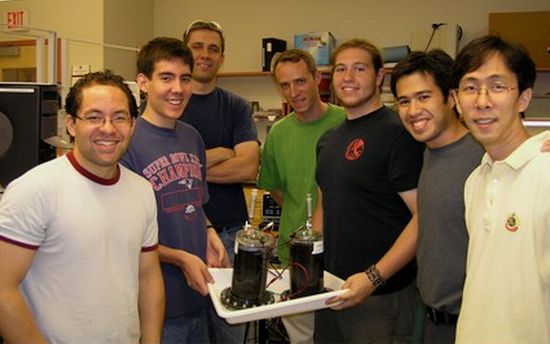
The Idea: Device to convert cellulosic biomass into usable electricity.
The Process: A team of students at MIT have developed a device that can provide enough energy to recharge a portable electronic device using energy harvested from cellulosic biomass. Though at its present state the device is extremely inefficient, the research time has some high hopes for it.
• Generating energy from trees to power sensors:

The Idea: Capturing energy generated by trees to power sensors.
The Process: Shoving electrodes into tree trunks and the ground nearby can provide a current. Enhance this current with a boost circuit and you get enough energy to power sensors that can sniff delicate changes in temperature and humidity inside forests and even keep your portable electronic devices charged.
• Virus Battery:
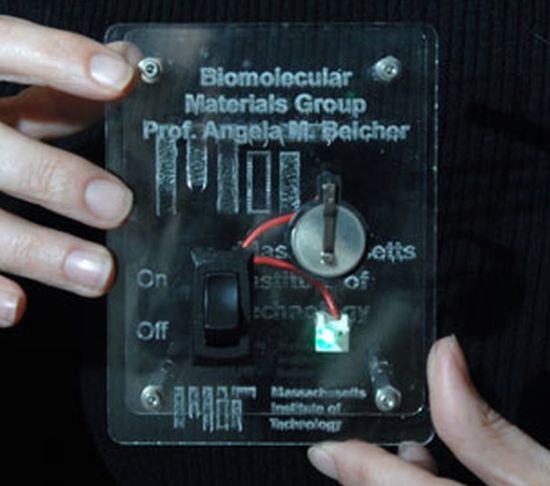
The Idea: Using genetically engineering viruses to create batteries for cars and electronic devices.
The Process: This research is being carried out by researchers at MIT, who have proved that genetically engineered viruses can built both positively and negatively charged ends of a lithium-ion battery. The new virus-produced batteries have the same energy capacity and power performance as state-of-the-art rechargeable batteries being considered to power plug-in hybrid cars, and they could also be used to power a range of personal electronic devices. Moreover, the batteries don’t require any harmful solvents, and the materials that go into the batteries are non-toxic.
• Energy from Cactus:
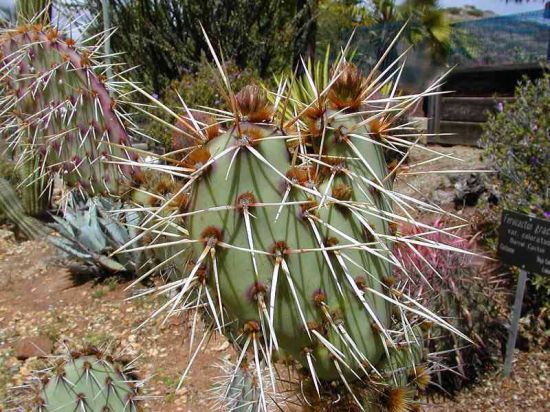
The Idea: Engineering cactus to generate renewable energy using photosynthesis.
The Process: Researchers at France’s CNRS have developed a unique biofuel cell that can be inserted into a living cactus to generate energy using the two main products of photosynthesis – oxygen and sugar. During tests, the research team was able to generate an output of 9W per square centimeter. The system also enabled the research team to watch photosynthesis in action by tracking real-time changes of glucose levels in plants.
• Living Batteries:

The Idea: Using bacteria colonies to create a living battery.
The Process: A research team from Aarhus University in Denmark has proved that a nanowire network connects certain bacteria, which can be harvested to power monitoring buoys with a living biogeobattery. Scientists have for long known that bacteria can generate electricity when mixed with mud and seawater, which led to the development of microbial fuel cells. However, they weren’t able to provide the reasons of just how bacteria create electric networks that serve as long distance communication. Researchers at France’s CNRS have developed a unique biofuel cell that can be inserted into a living cactus to generate energy using the two main products of photosynthesis – oxygen and sugar. During tests, the research team was able to generate an output of 9W per square centimeter.
• Frog-inspired technology to generate biofuel using artificial photosynthesis:
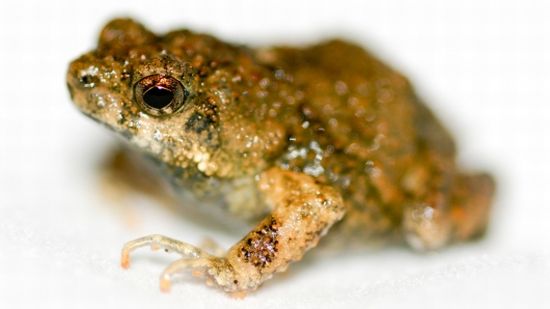
The Idea: Artificial photosynthetic material to produce sugars using solar energy and CO2.
The Process: Taking inspiration from nests of a semi-tropical frog called the Tungara frog, researchers at the University of Cincinnati have found a way to artificially create a photosynthetic material from foam which uses plant, bacterial, frog and fungal enzymes to produce sugars using solar energy and carbon dioxide. While during natural photosynthesis carbon from the air, sugars from soil and energy from the sun are converted into sugars for the plant and oxygen for earth’s atmosphere, the newly developed process uses enzymes encased in foam to carry out photosynthesis and uses the sugars produced to make ethanol and other biofuels.
• Harvesting energy from Spinach:
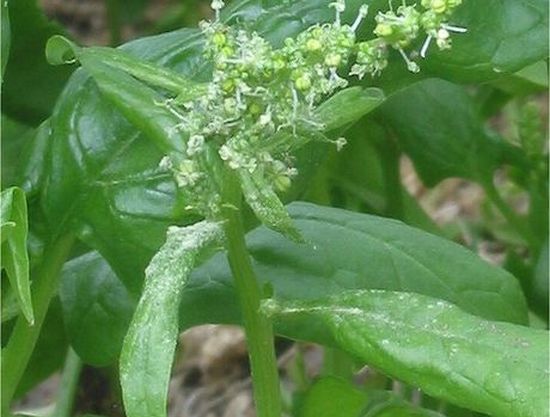
The Idea: Fabricating solar cell that uses photosynthetic material from spinach.
The Process: Inspired by the efficiency with which plants convert sunlight into sugar, researchers at MIT fabricated a solar cell that uses photosynthetic proteins from spinach and the bacterium Rhodobacter Sphaeroides and deposited the proteins on a glass support to create solar panels. The prototype device can’t rival commercial solar cells made of silicon, but it did demonstrate a new strategy for making longer-lasting photovoltaic cells.
• Energy to run LEDs harvested from trees:

The Idea: Using trees to generate electricity for lighting.
The Process: A small electrical component company near Boston, MagCap Engineering, designed a system that produced electricity from trees. By pounding a nail into the trunk and a conductor into the ground, a faint but consistent charge is detected in a wire running from the tree to the earth. The energy harvested was used to charge NiCad batteries and power LEDs.




